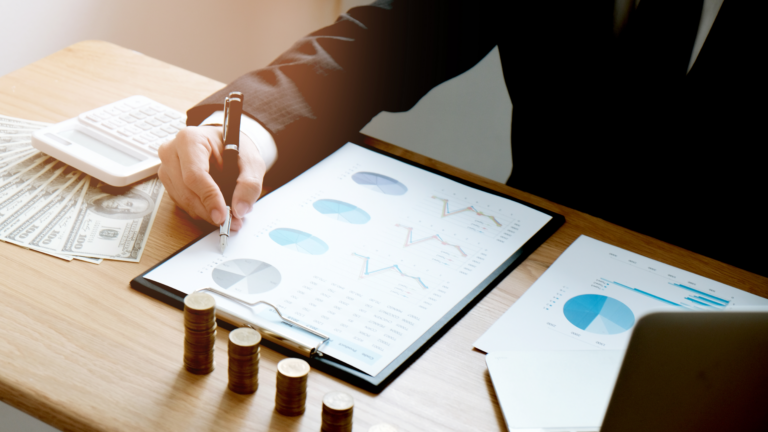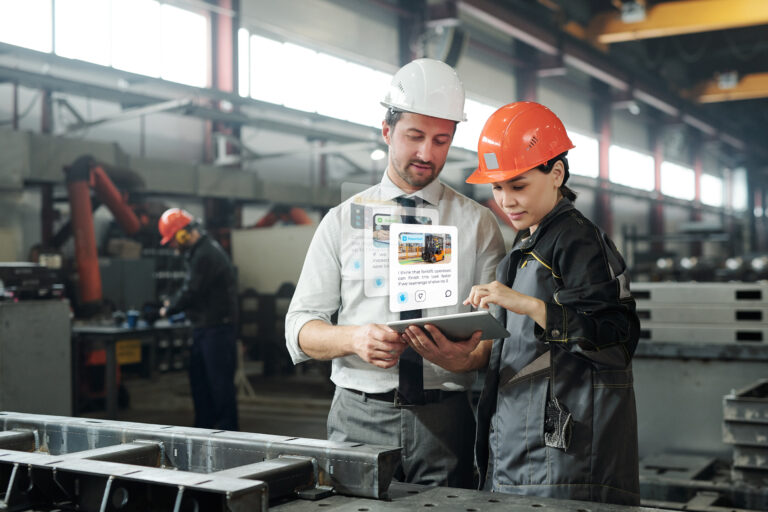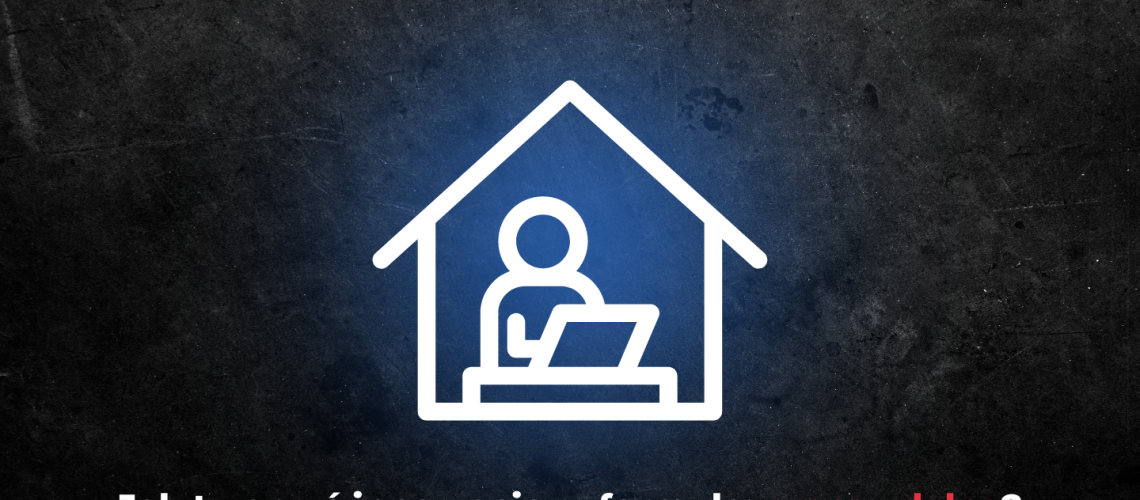Last updated: 20.12.2023
Experts agree that with difficult problems and challenges, a team is more creative than even the best single specialist. A team is competence and energy. The question is, how effectively will it play in remote work?
In Article:
- The power of competence and the level of creativity in the formula: remote work do not change when we make sure that nothing distracts us while working in this formula.
- Diversity in the team and a "high creative attitude" are criteria that support competence.
- Ensure that your team includes people with creative potential, only then the team will be able to create innovative ideas regardless of whether it is remote, hybrid or desktop.
- Team energy produces synergy. With synergy, the effect of our work is greater than the simple sum of the potential capabilities of each of us individually.
- The most positive energy circulates during a face-to-face meeting. That's when the quality of ideas is best. Energy is nothing more than the ability to accurately read body language, facial expressions, tone of voice.
- Learn tips for keeping your team energized and innovative when working remotely.
Table of Contents:
- Competence versus remote working
- Team energy
- Remote working - how to improve the energy of the team?
See also: Same, only remotely
Competence versus remote working
Competencies can play out remotely, in a remote work formula. After all, the level of skills won't suddenly wane just because one moves to the links. Well, unless one is broadcasting as part of a home office with the house marten on one's lap and the roar of the descendants' war game in the background. So it is extremely important to make sure that nothing distracts the participants.
The second factor supporting the power of competence is diversity in the team. Different should be departments, positions, seniority; even age and gender - everything matters. When we add that at the same time they should be people somehow related to the problem or challenge - there is a lot to think about!
And I'm afraid to mention the third criterion. Scientists call it "high creative attitude." Just how to tell who has such an attitude and who doesn't? Fear not, I am not suggesting to send people to a psychologist. Just look at the statistics of our Employee Ideas System. If there is no stationary one, you can run a remote one!
What we can check by typing our team members:
- number of problems reported to be solved
- number of problems accepted for solution
- number of reported solutions to problems
- number of reported solutions, accepted for implementation
Each of these criteria is an indication that this person has creative potential. If we have two candidates for an innovative team member, we choose the candidate with the points.
Let's summarize, in remote work, using competence, take care of:
- concentration
- diversity
- creative attitude
Team energy
With team energy is more difficult. And it is energy that produces synergy. With synergy, the effect of our work is greater than the simple sum of the potential capabilities of each individual. It is hard to hide that the most positive energy circulates during a face-to-face meeting. That's when the quality of ideas is best. The mysterious "energy" is nothing more than the ability to accurately read body language, facial expressions, tone of voice. Kinesthetics (people who like tactile contact) and there are more than 30% of them, much is given by the possibility of direct greeting with others or physical proximity itself. Added to this is the opportunity to physically touch a detail with which there is a problem or a prototype whose improvement is being discussed. Studies show that just being at Gemba - a place where an employee's work produces value - influences creativity, like an afterburner.
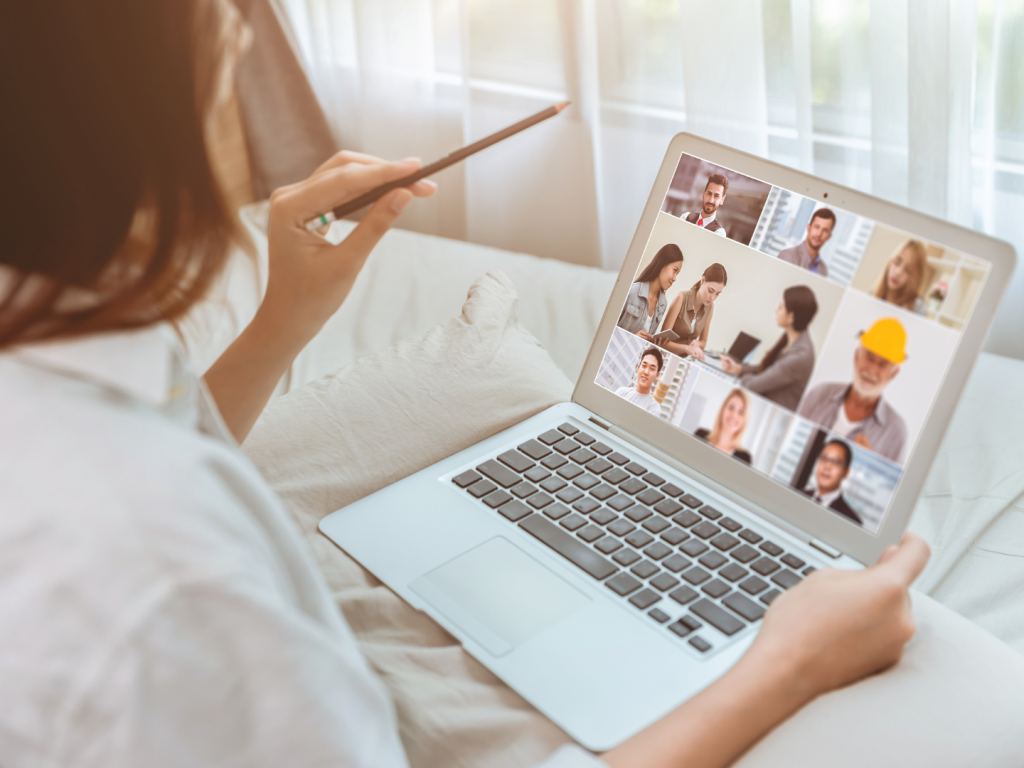
How to improve team energy in remote work?
Number of participants
First, let's take care of the number of participants. Smaller groups solvę problems faster than larger ones, because they better stimulate each other to think. Seven people are the most effective.[1] The number of ideas in such a team is sizable, and the time consumed in working and developing ideas, still moderate. Larger groups, are better at gathering information and performing tasks. However, they are more difficult to lead and motivate. Translating this into practice - generating ideas for causes and for solutions is better to stick to a team of about 7 people. However, practical tasks between creative online meetings; can be outsourced to more people. These can be tasks related to finding data; verifying causes; measuring time, etc. There is also no limit to the number of people when experimenting and implementing an idea.
Online solutions
To increase team energy, you can bet on on- line solutions. However, instead of exchanging emails - let's have a chat. For example, you can schedule a specific time and exchange ideas on Sherlock. Even better if it's a video conference. Here we can observe and hear the emotional reactions of the participants. These affect our emotions and it is under the influence of emotions that creativity pops up, like a crocus from under the snow. Emotions are nothing but stress. Lack of stress means laziness and lethargy. Light stress causes the release of adrenaline. This one stimulates the brain, and that's when we come up with ideas we haven't had before. If the stress is too much, cortisol starts to be secreted, which can result in a "black hole" - a blank in the head.
The right time
The energy of the team will also be raised by the right time of the meeting. It would be better to have it in the morning than at night, even though you may have "night martins" in your team.
Support tools
Another energizing factor is the wonderful tools that support creative thinking: brainstorming, Ichikawa Diagram, mind map. This is what they were created to spark between participants. They are your "ready-made" tools. Apply them!
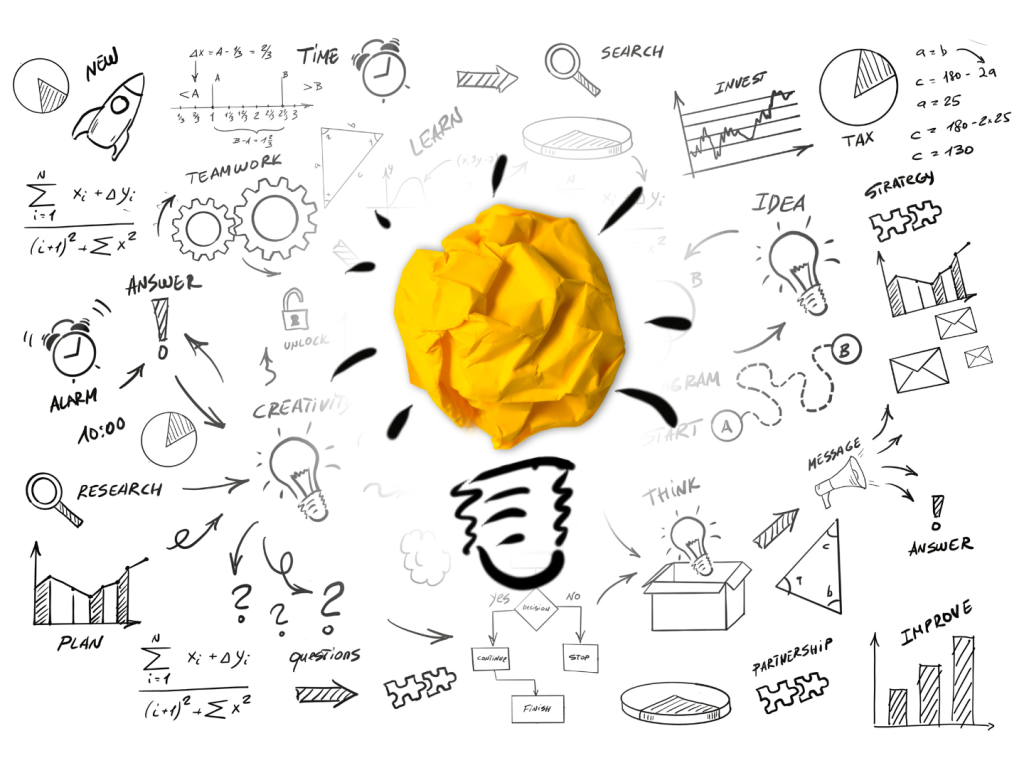
Method of moderation
A final boost to team energy: the way you moderate online meetings. Don't abandon the principles you use in classic meetings. To name a few:
- Make a contract with the participants (meeting time, rules of behavior, e.g., one person one vote, regardless of positions in the company).
- If we have even one new person - we all introduce ourselves.
- A mental warm-up - a puzzle, an icebreaker; something to prepare minds for creative work.
- Introduction to the topic - succinctly. Meetings, including on- line meetings are not for information. Send information in advance. The meeting is for clarifying doubts, answering questions; you can also brainstorm and make decisions.
- Ensure that someone takes down a note on a regular basis. Don't take it as a moderator, on yourself.
- During the discussion, paraphrase, clarify, cooperate with the one who is writing down; make sure that each participant can speak freely.
- Finally, make a summary and assign tasks.
That being said, let's conclude our consideration of team energy. Remember:
- The number of participants - the golden seven are the best.
- Take advantage of the online mode, but in the form of meetings.
- Choose a morning time.
- Use tools that support creativity.
- Even online, follow the rules of the classic meeting.
It's time to take action! If you manage a remote team make the most of their energy and competence!
______________________________________
Check out the real benefits of using Sherlock Waste for innovative remote teamwork: schedule a meeting >>


